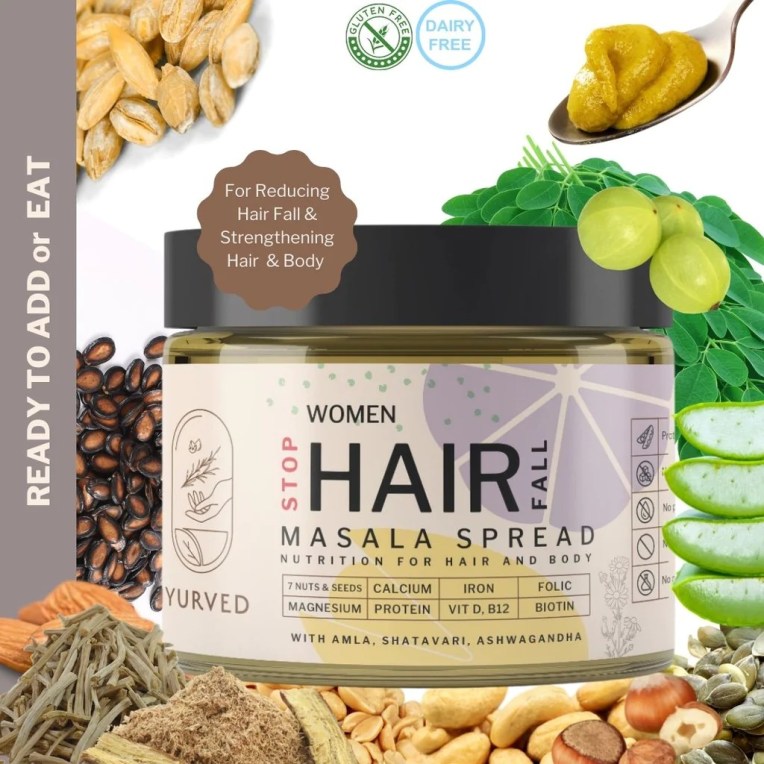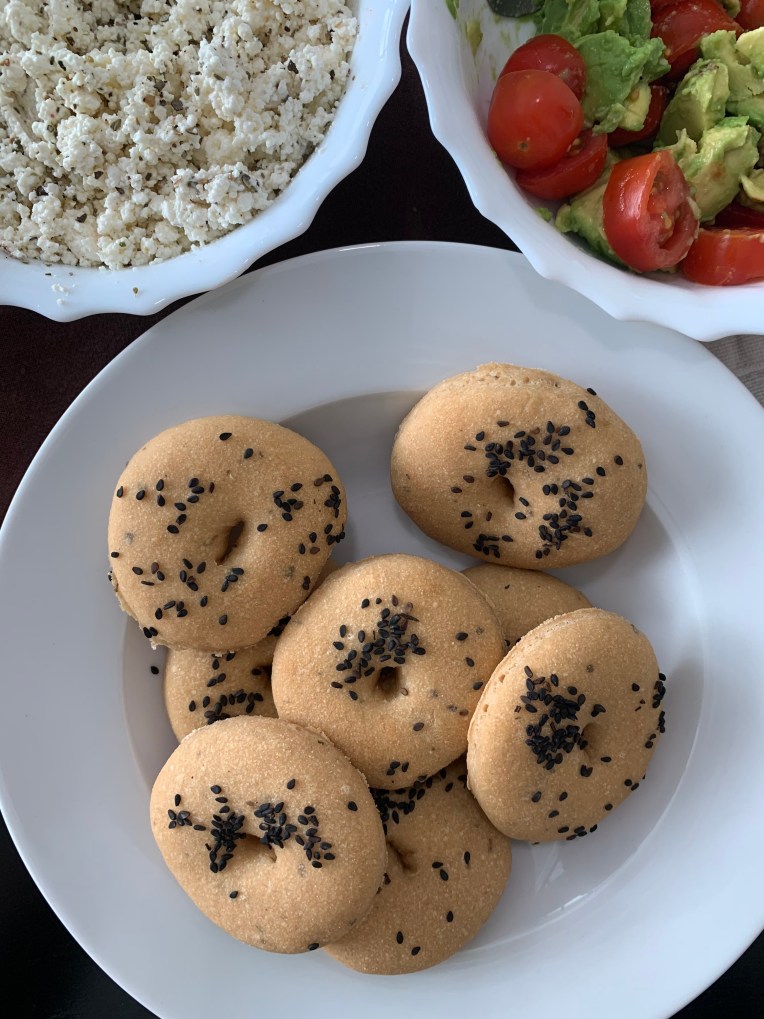Proteins are known to be the body’s building blocks, and growing children require a high protein diet on a daily basis. Sprouts are the greatest protein meal that can be found anywhere and are extremely easy to prepare.
Sprout breakfast/snack recipes are often regarded as the ideal meal for children’s healthy development. Sprouts have 30 times the nutritional value of the prepared meals you feed your children. They are pure, natural, and nutrient-dense. They are the most affordable and practical kind of healthful meal. Continue reading to discover the health benefits of sprouts and super easy sprout breakfast or snack recipes for kids.

WHATSAPP for concerns like Speech Delay, Low Weight, Frequent Illness, Hyperactivity, Low Concentration, Weak Eyesight, Improper Sleep, Pigmentation, Pores, Face Marks, Fine Lines , Lactation etc.
8 HEALTH BENEFITS OF SPROUTING:
1. IMPROVES NUTRIENT CONTENTS:
Almost all the whole grains, nuts and legumes are high in fiber, B vitamins, iron, zinc and magnesium and protein. Studies show that sprouting may increase these nutrient contents even more.
2. HELPS IN DIGESTION:
The concentration of fiber increases in sprouted grains. Fiber is one of the most important components for maintaining gut health. Fiber nourishes the good bacteria in the gut and promotes elimination and detoxification of the colon.
Also check, How to improve gut health?
3. BREAKs DOWN ANTINUTRIENTs:
Antinutrients are compounds that reduce the absorption of certain nutrients within your body. Enzymes created during sprouting also break down the phytic acid present in some seeds. Phytic acid is also called ‘anti-nutrient’ because it makes it difficult for humans to absorb certain vitamins and minerals from food sources. By sprouting, the phytic acid of the seed breaks down and it becomes easier for humans to absorb more vitamins and minerals from the sprouted seed.
4. AIDS IN WEIGHT LOSS:
Sprouts are one of the best foods if you are looking for some weight loss. They are high in nutrients with very low calories. Sprouts contain a high amount of fiber that keeps you full for a long period of time. It also reduces the release of ghrelin, a hunger hormone, that tells our brain to eat more.
Also check, How to tackle obesity?
5. BOOST YOUR IMMUNITY:
Consuming sprouts allow the body to absorb all the vital nutrients and antioxidants that protect and boost the immunity system. Sprouting process promotes the level of vitamin C and other antioxidants that make it easy for white blood cells to fight off infections and free radicals and hence builds strong immunity.
Also check, What are some more foods that boost immunity?
6. IMPROVES HEART HEALTH:
Some sprouts contain omega 3 fatty acids which help to control the cholesterol level in the body. The presence of potassium in sprouted grains helps reduce blood pressure levels, which also reduces the risk of any cardiac problem.
7. IMPROVES EYESIGHT:
Because of the presence of Vitamin A in sprouts, they help in improving eye health. Also, the high antioxidants properties of sprouts protect the eye cells from free radicals.
Also check, What are common Eye concerns and foods to improve eye health?
8. GOOD FOR SKIN AND HAIR:
Sprouts prevent premature ageing. The antioxidants present in the sprouts help combat cell damage due to free radicals that can cause premature ageing. Sprouts contain many components that help hairs to grow healthy like selenium in sprouts fights dandruff, zinc promotes the production of sebum in the scalp, vitamin A stimulates hair follicles and helps them to grow thicker and longer and the presence of biotin helps in overall hair health.
Also check, Some foods for skin and hair
6 EASY AND HEALTHY SPROUT BREAKFAST/SNACK RECIPES
Sprouts are high in protein and contain antioxidants. Sprout breakfast/snack recipes are light and refreshing, as well as simple and quick to prepare. It can be made quickly and easily with just a few ingredients. Check out these 6 easy sprout breakfast/snack recipes for your kids.
1.MIXED SPROUT CHAT

Ingredients
- 1 cup Mixed sprouts (Mung bean, moth beans, Black chana)
- 2 tbsp Iyurved’s daily nutrition weight healthy savoury spread (order here)
- 1 finely chopped onion
- 2 tbsp finely chopped Red capsicum and cucumber
- 1 chopped tomato
- 2 tsp Chat Masala
- 1 tsp Lemon juice
- Salt to taste
Preparation
- Take mixed sprouts (mung bean, moth beans, black chana etc).
- Add some finely chopped veggies of your choice (cucumber, onion, coriander, tomato, red capsicum etc), Iyurved’s daily nutrition weight healthy savoury spread (order here), lemon juice, salt to taste and some chaat masala. Mix well.
- This tangy and super healthy sprout snack is ready to rock!
1 cup – 150 calories
Additional nutrition benefits
(1 tbsp of Iyurved’s daily nutrition weight healthy savoury spread gives 126 calories with 5.36g of protein).
Check 5 Home Remedies and Foods to cure Bedwetting
2.SPROUTED CHICKPEA KABAB

Ingredients
- 1.5 cups sprouted chickpea
- 1 cup peas
- 2 tbsp gram flour
- 1 tsp Ginger
- 4 cloves garlics
- 1 tsp chili flakes
- 2 tbsp Iyurved’s daily nutrition weight healthy savoury spread (order here)
- 1 tsp oregano
- 1/2 cup diced/grated mozzarella cheese
- 1 cup oil
- Salt to taste
Preparation
- Coarsely grind sprouted chickpea and pea in mixer. Put them in bowl.
- Add gram flour, chili flakes, oregano, grated ginger-garlic and salt. Put Iyurved’s daily nutrition weight healthy savoury spread (order here). Mix all the ingredients well.
- Take small balls, roll it out lightly. Place the cheese filling and seal it on top.
- Roll it evenly and flatten them to give kabab shape. Air fry or shallow fry or deep fry the kababs.
- Healthy Sprouted chickpea kabab are ready to serve!!!
1 Sprouted Chickpea Kabab – 65 calories
Additional nutrition benefits
(1 tbsp of Iyurved’s daily nutrition weight healthy savoury spread gives 126 calories with 5.36g of protein).
Check 7 Foods and Remedies to prevent Snoring
3.SPROUT Toast

Ingredients
- 1 cup Boiled mixed sprouts (Mung bean, chickpea)
- 6 whole wheat bread slices
- 1.5 tsp chili powder
- 1 tsp Chat masala
- 1/2 tsp cumin seeds
- 1 tsp lemon juice
- 2 lettuce leaves
- 3 tbsp Iyurved’s daily nutrition weight healthy savoury spread (order here)
- 4 tbsp grated carrot
- 1/2 cup diced/grated mozzarella cheese
- 1 tsp butter
- Salt to taste
Preparation
- Combine the boiled mixed sprouts (Mung bean, chickpea), chili powder, chat masala, cumin seeds, lemon juice, Iyurved’s daily nutrition weight healthy savoury spread (order here), salt in a bowl, mix well and keep aside.
- Now, cut the whole wheat bread into round or rectangle shapes.
- Apply butter on the top of the bread, place a small piece of lettuce, a portion of mixed sprouts stuffing.
- Sprinkle cheese and grated carrot on top. Arrange them on a baking tray and bake at 180 degree celsius for 8 to 10 minutes.
- Healthy Sprout toast are ready to serve!!!
1 Sprout Toast – 70 calories
Additional nutrition benefits
(1 tbsp of Iyurved’s daily nutrition weight healthy savoury spread gives 126 calories with 5.36g of protein).
Check 6 Nutritious and Healthy Recipes with Millets
4. Sprouted MOONG DAL CHEELA/PANCAKE

Ingredients
- 2 cups Sprouted Moong dal/mung bean
- 1 Capsicum, Onion, Tomato
- 2 tsp Grated ginger
- 1 tsp Chilies (Optional)
- 1/2 cup curd
- 4 tbsp oil
- 2 tbsp Iyurved’s Daily Nutrition Weight Healthy Savoury Spread (order here)
- Salt to taste
Procedure
- Soak moong dal overnight, let it sprout and grind it to make paste.
- In a bowl, add curd, chopped onion, capsicum, tomato, ginger and chilies(optional), salt, Iyurved’s Daily Nutrition Weight Healthy Savoury Spread (order here) and mix well.
- Pour the batter on hot pan and cook it for 2 minutes on low flame. Drop oil on edges and flip it to cook on other side till it turns golden.
- Serve!!
1 cheela – 128 calories
Additional nutrition benefits
( 1 tbsp of Iyurved’s Daily Nutrition Weight Healthy Savoury Spread gives 126 calories with 5.36g of protein)
Also Check,10 Superfoods for Healthiest Postpartum Diet
5. Sprouted MOONG DAL FRIED IDLI

Ingredients
- 2 cup Sprouted moong dal/mung bean
- 1 tsp – Ginger
- 7-8 cloves garlic
- 2 green chilies
- 1/2 tsp mustard seeds
- 1 tsp turmeric
- 1/2 cup curd
- 1 tbsp lemon
- Hand full of coriander leaves
- Curry leaves
- 4 tbsp Iyurved’s Daily Nutrition Weight Healthy Savoury Spread (order here)
- Salt to taste
Procedure
- Soak moong dal overnight, let it sprout.
- Grind it with chilies, ginger, garlic and 1/2 tbsp salt. Keep aside for 20 minutes.
- Add curd and whisk for 5-7 minutes. The moong dal batter is ready.
- Grease the idli stand and pour the batter in each mould. Let it cook in steam for 15 minutes. Fluffy moong dal idli is ready.
- Cut the idli into 4 equal pieces. Heat oil in a pan. Put mustard seeds, curry leaves, grated ginger, turmeric and idli pieces. Add Iyurved’s Daily Nutrition Weight Healthy Savoury Spread (order here) over it.
- Fry on low flame for 3-5 minutes. Squeeze lemon over it and garnish with coriander leaves.
1 cup – 130 calories
Additional nutrition benefits
(1 tbsp of Iyurved’s Daily Nutrition Weight Healthy Savoury Spread gives 126 calories with 5.36g of protein)
Also check, Child’s development: 7 foods that help babies in sitting
6. Sprouts Frankie

Ingredients
- 1 cup Boiled mixed sprouts (Mung bean, Chickpea)
- 2 tbsp grated carrot
- 1/2 cup chopped onion
- 1.5 tsp chili powder
- 1 tsp chat masala
- 1/2 tsp lemon juice
- 2 tsp coriander leaves
- 4 tbsp Iyurved’s Daily Nutrition Weight Healthy Savoury Spread (order here)
- Salt to taste
Procedure
- Prepare the roti and keep aside.
- Combine all the ingredients like boiled mixed sprouts, grated carrot, onion, grated carrot,chat masala, chili powder, lemon juice, coriander leaves, Iyurved’s Daily Nutrition Weight Healthy Savoury Spread (order here) and mix well.
- Spread the boiled mixed sprouts stuffing in a single row at the centre of the roti.
- Roll it up tightly and cut into pieces.
- Healthy and nutritious sprouts frankie is ready to serve!!!
1 Sprouts frankie – 171 calories
Additional nutrition benefits
(1 tbsp of Iyurved’s Daily Nutrition Weight Healthy Savoury Spread gives 126 calories with 5.36g of protein)
Also check, 6 Kids Friendly Recipes for Lunchbox
One of the most important aspects of our life is the health of our kids. Instead of relying on store-bought packaged foods, always opt for homemade and healthful dishes. Dieticians recommend offering your kid tasty and nutrient-rich sprout breakfast/snack recipes every day, or at least three times per week.
PRODUCT:
It’s no SECRET that following an Ayurvedic lifestyle has numerous advantages. This unique collection of Ayurvedic spreads is an easy solution to feed daily nutrition for Immunity, Eye, Brain development, Bone strength and overall growth to kids without any fuss. To know more about kid’s ayurvedic foods –SHOP HERE.

India’s First Tasty Kids Nutrition fortified with Ayurvedic herbs.
If your child is picky eater and underweight according to his/her age or has less appetite, you can give Kids and Teens WEIGHT Savoury Spread | 0% preservative | 0% Palm oil | 0% Refined sugar | Made with Ashwagandha, Mulethi, Turmeric, Shalaki, Brahmi | ORDER |
Immunity, Gut health, Digestion, Weight, Brain development, Speech delay, Epilepsy, Eye health, Hormones, Sleep, Hyperactivity, Bones and Overall growth




















































